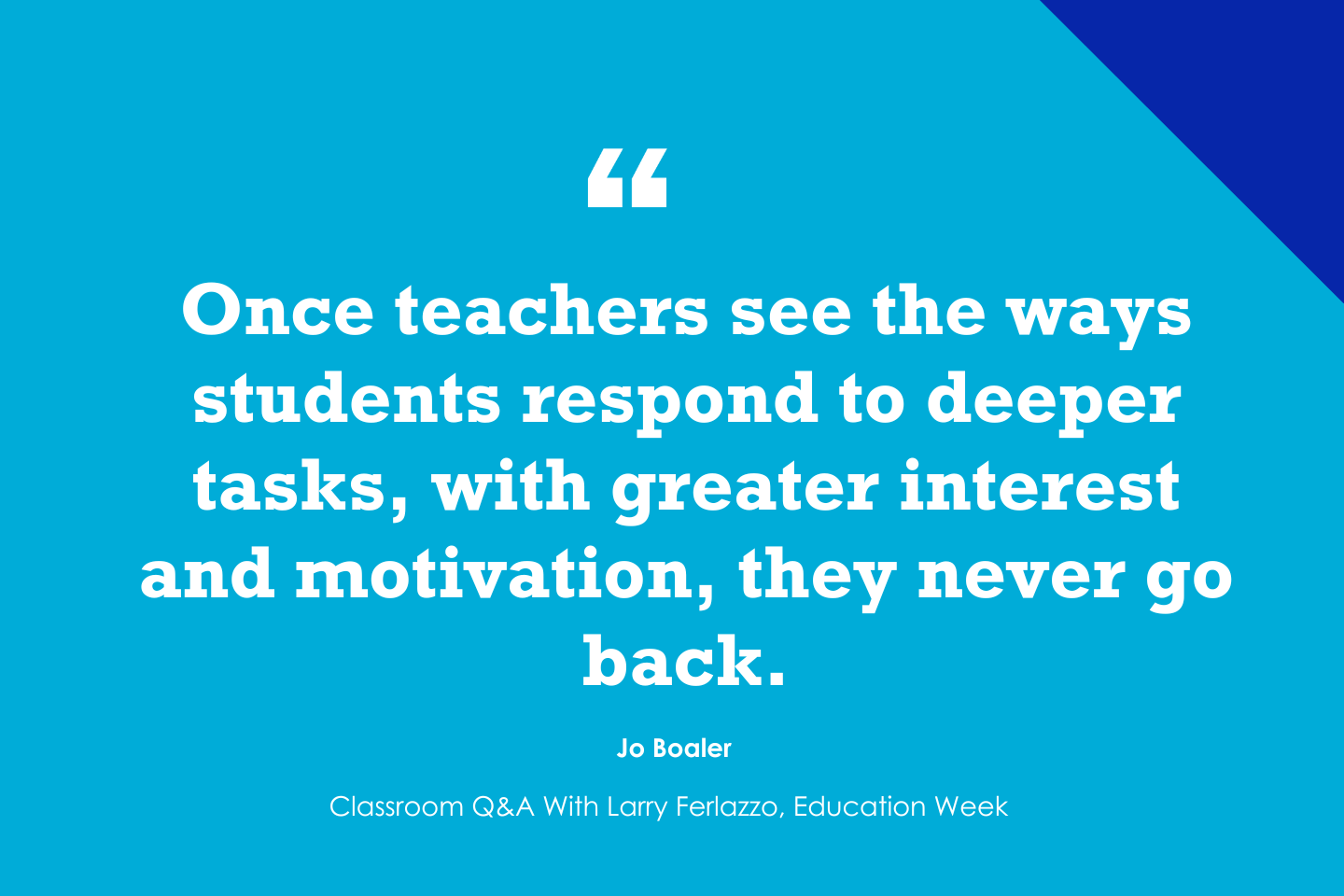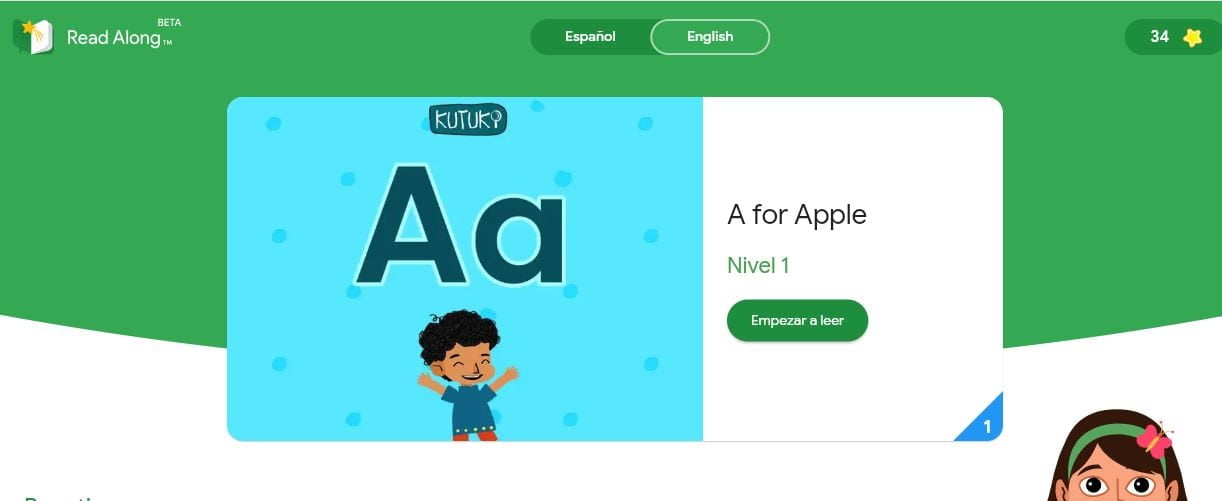Key points:
With the right AI tools, teachers can enhance their classroom instruction
Enhancing learning through AI and human educators
For more on AI in education, visit eSN’s Digital Learning hub
Teaching is an uphill battle that grows harder and more exacting as the years roll by. Between budgetary constraints, bandwidth crunches, and a constantly changing syllabus, teachers have their hands full when it comes to structuring and building their class’s lessons and lectures. This predicament is only exacerbated by the recent breakthroughs in the fields of artificial intelligence (AI) and technology, which are accelerating scientific and mathematic discoveries, leading to rapid changes in every field’s accepted pedagogical and theoretical practices.
To keep up with this breakneck pace of innovation in virtually every sphere, educators must employ the very tools that are enabling it, using AI to create classes that are not only up-to-date but are also engaging, intellectually stimulating, and accessible to their students.
Here is one way teachers can use AI tools to curate an entire class’s flow, its study materials, and practice tests without the aid of an army of teaching assistants.
Lesson planning
The efficiency and impact of any class taught over any length of time is entirely reliant upon the plan that powers it–the plan created before the first student ever steps into the classroom. For reasons detailed above, teachers might not have the resources to devote to this endeavor, which can prove to be harmful to all stakeholders. AI-powered lesson planners like Microsoft’s Shiksha Copilot and MagicSchool.ai help teachers and administrators substantially slash the time it takes to research and create a lesson plan. Shiksha Copilot is Microsoft’s take on an AI-powered lesson plan creator and is geared to assist teachers and students located within India. It has virtually no learning curve and allows teachers to create elaborate lesson plans and educational materials in just a few clicks, thanks to its deep-rooted integration with the primary board of education in India: CBSE.
MagicSchool.ai, on the other hand, is a more expansive tool, and lesson planning is just one of the features it offers teachers. All it asks for is the topic, reading level, and any additional criteria teachers might have for their class, like an enhanced focus on accessibility or detailed deep dives into ethical implications.
Educators can use these tools to quickly create engaging and topically-relevant lesson plans aligned with the latest innovations in their chosen fields. Unlike AI tools meant for the general public, I believe it’s imperative that any AI tool offer granular customization over the generated output. The aforementioned tools align with my stance, allowing teachers to fine-tune and modify the generated output using natural language prompts to achieve an end goal that works for them and for their students.
Lesson creation
Once teachers or administrators are satisfied with their handiwork, they have an array of design and multimedia tools, both AI-powered and otherwise, to extract their imagination and plop them into the digital world. Today, most teachers opt for a flavor of blended learning: using both multimedia and text to create a more engaging educational experience. While AI promises and delivers unparalleled accuracy and creativity in text, its impact in the multimedia world is restricted, and teachers will need to flex their creative muscles to get these tools to work for them. Picking up where I left off in the previous section, MagicSchool allows users to generate resources and full-fledged, well-researched articles in just a click, directly from within their lesson plans. Teachers can create and save these “resources” and can choose to weave them into their eventual order of lessons.
I’d also like to extend a noteworthy mention to Quizlet’s “Magic Notes,” a remarkable new tool that allows users to upload their class notes and use those notes to create an accurate deck of flashcards. Using flashcards as an after-lesson refresher works exceedingly well, even for those who weren’t physically present for the lecture (Senzaki et al. #). By distilling a lecture’s knowledge into a set of handy flashcards, teachers can ensure their students’ progress and performance.
To enhance engagement and make learning materials more appealing, educators can use easy-to-use design tools like Canva, Microsoft Designer, Adobe Firefly, and even OpenAI’s DALLE-3, to create visually rich and strikingly realistic images and slides.
Canva, which is unarguably the easiest tool to use to create professional-looking designs, has recently leveled up its product with “Magic Studio,” which seeks to change how users create and interact with designs. Teachers can use the Magic Design tool to effortlessly create presentations using just natural language prompts. What I loved about this tool was the control I had over the final output, which, at its core, is just a Canva design. I was able to switch out images, add text, and even reposition my slides.
Microsoft Designer is a similar tool but it lacks the flexibility that Canva provides. Using Designer, teachers can create individual designs that can be strung together to create entire lessons. While I was able to use this to create lessons, the results weren’t visually coherent and made for a rather disconnected learning experience.
Adobe Firefly and OpenAI’s DALLE-3 can be used to create unsettlingly realistic images. Both tools are comparable in their offerings, but I lean towards OpenAI’s DALLE-3 because of its natural integration with the flagship product, ChatGPT, which makes creating images and visuals a breeze.
Teachers and educators should aim to use a combination of these tools, opting to choose tools that offer greater usability and ease of creation to supplement their work.
Testing and quizzing
The natural next step in a teacher’s odyssey involves creating quizzes, mid-semester exams as well as finals, and it’s a challenging pursuit because of the sheer volume of content that teachers must assimilate and absorb to be able to come up with thought-provoking and meaningful questions that truly test a student’s understanding and learning ability. Fortunately, AI has the capability to absorb vast bodies of text and come up with meaningful questions as long as it is steered correctly. Teachers can use AI-powered tools like MagicSchool.ai, ChatGPT, and Chatterbot AI to create quizzes and exams that align with their course materials.
Educators who choose to use MagicSchool for their lesson plans can also use MagicSchool’s specialized offering for quiz creation to create multiple-choice assessments that can even be exported to Google Forms.
For a more expansive offering, teachers can use ChatGPT to create more comprehensive assessments that delve into not just the lessons they’re teaching but the chosen field of academia itself. Teachers can provide ChatGPT with their lessons by uploading them as PDFs or text files and then asking it to create quizzes and tests that include both objective and subjective questions. This provides teachers with a greater degree of freedom, both over the output and the extent of coverage. As OpenAI rolls out its GPT store, teachers can even search to see if there is a GPT that targets their niche and choose to use that instead.
Chatterbot AI is similar to ChatGPT and can be used to create assessments for mathematics, physics, and other analytical subjects. Its enhanced accuracy in math and vast knowledge base make it the ideal option for teachers teaching advanced-level courses in STEM subjects. It can even create plots, graphs, and other diagrams to supplement assessments and create truly analytical questions.
I’ve found that just like any other AI-powered use case, leveraging a combination of these tools coupled with well-performing prompts can spell the difference between run-of-the-mill questions and truly stimulating ones.
A disclaimer for all educators: During my testing, ChatGPT, Claude, Le Chat, and other AI tools would routinely generate rudimentary questions in response to my prompts. When you do use any of these AI tools to create your assessments, be very specific with your prompts. Mention your target difficulty level and the kinds of questions you’d like to see in the result. Additionally, in all my experiments, I found that the AI tools’ output quality dramatically improved when creating a limited set of questions, like three questions at a time. When asked to create entire assessments, the models failed to develop a set of satisfying questions, resorting to low-quality, elementary questions instead. Refer to AI for Education’s pre-defined prompts to learn how to design prompts.
Personalizing feedback at scale
In my opinion, personalization at scale is the frontrunner in the diadem of benefits that the AI revolution has inspired. The ability to create and personalize feedback at an individual level was, to put it mildly, unrealistic; one that had way too many blocking variables, not the least of which was its failure to scale. Educators and teachers now, however, can use specialized AI chatbots to realize this dream, using attempted assessments and answer keys to grade, mark, and provide feedback. The resources educators can utilize for this leg of the experience are already listed in the previous section: ChatGPT, Chatterbot AI, Claude, or any LLM-based chatbot. Teachers can use tailored prompts to achieve the best results: The rubric prompts library by AI for Education serves as a great starting point, but I’d implore teachers to tinker with these prompts until they find one that suits their use-case the best.
If educators are looking to grade hand-written tests, they can use tools like Google Cloud’s Document AI or Mathpix to convert these hand-written papers to almost-perfect machine-readable text, which they can then use in their AI chatbots. In my experiments, Mathpix worked best for documents with equations and diagrams, while Google’s Document AI excelled at converting long bodies of handwritten texts. While popular AI chatbots like ChatGPT and Claude AI do support uploading images, I’ve found that that feature is best reserved for images that aren’t rich in text.
We’ve just begun to scratch the surface of the applications and implications of using AI to create, tailor, and curate lectures and class materials. As AI companies like OpenAI and Anthropic race ahead in their pursuit of artificial general intelligence (AGI), products like ChatGPT and Claude will continue to get immensely better, benefiting from their chase of a “supreme” intelligence, and educators, teachers, administrators will certainly be among the ones who’d benefit from this consistent stream of innovation. Even today, these AI tools are capable of tremendously reducing the workload of overburdened teachers, promising them the time and the mental space they require to focus on creativity in the science of education itself.
As long as teachers and educators consistently intervene and insert themselves into every step of the process, monitor both the inputs and the outputs (human-in-the-loop), and keep in mind the inherent ethical and racial biases embedded within foundational models (Gallegos, et al., 2024), they, too, will continue to make unparalleled strides in education, personalization, and accessibility.
Teaching is an uphill battle that grows harder and more exacting as the years roll by. Between budgetary constraints, bandwidth crunches, and a constantly changing syllabus, teachers have their hands full. AI in Education, Digital Learning, Featured on eSchool News, Learning in the Digital Age, assessment, educators, engaging, innovation, IT, practices, students, teachers, teaching, Technology eSchool News










